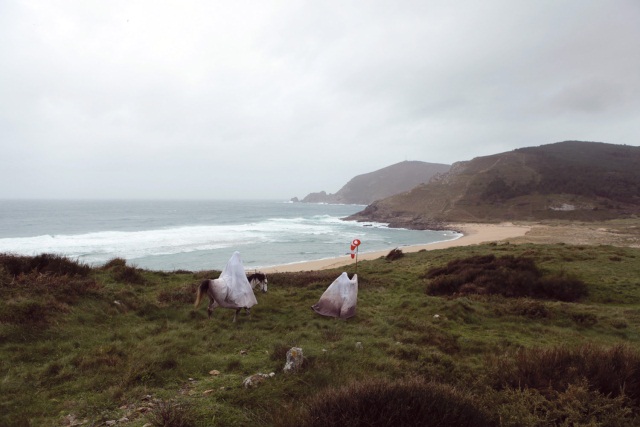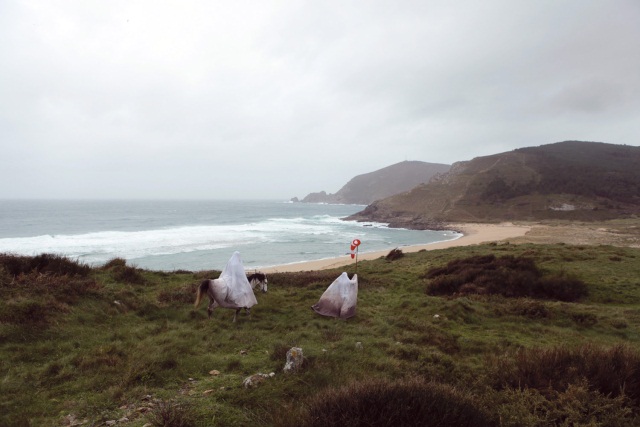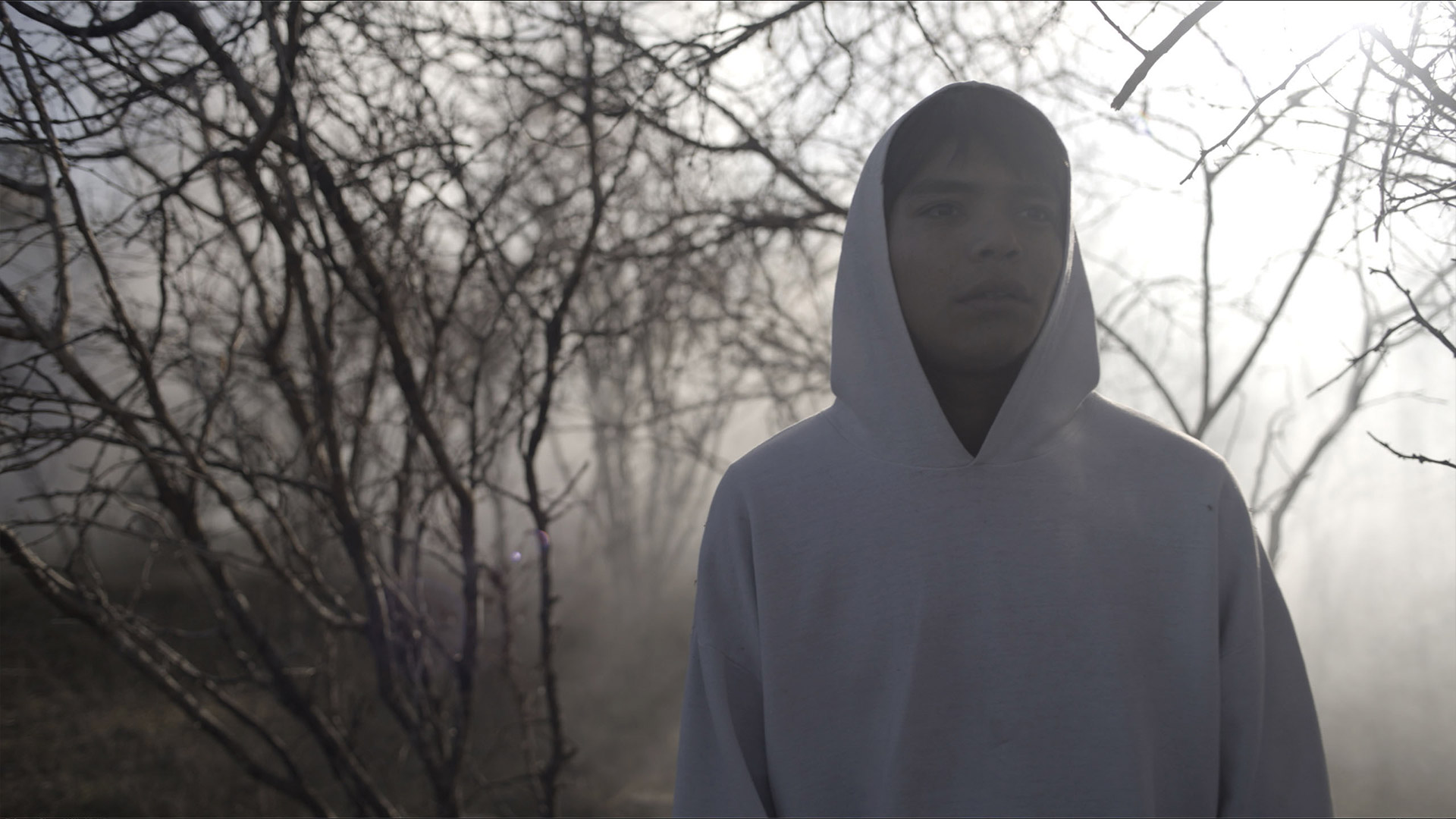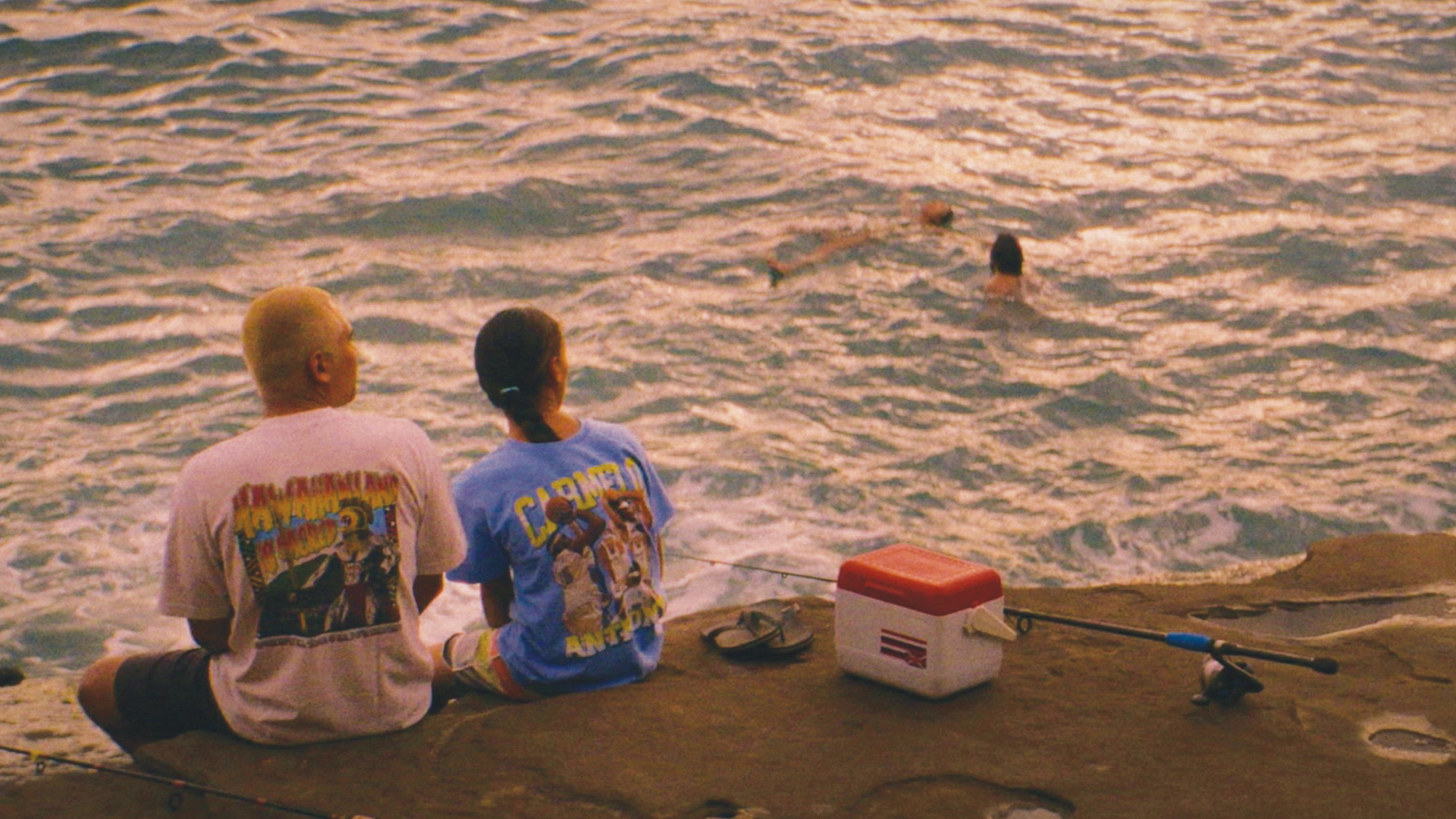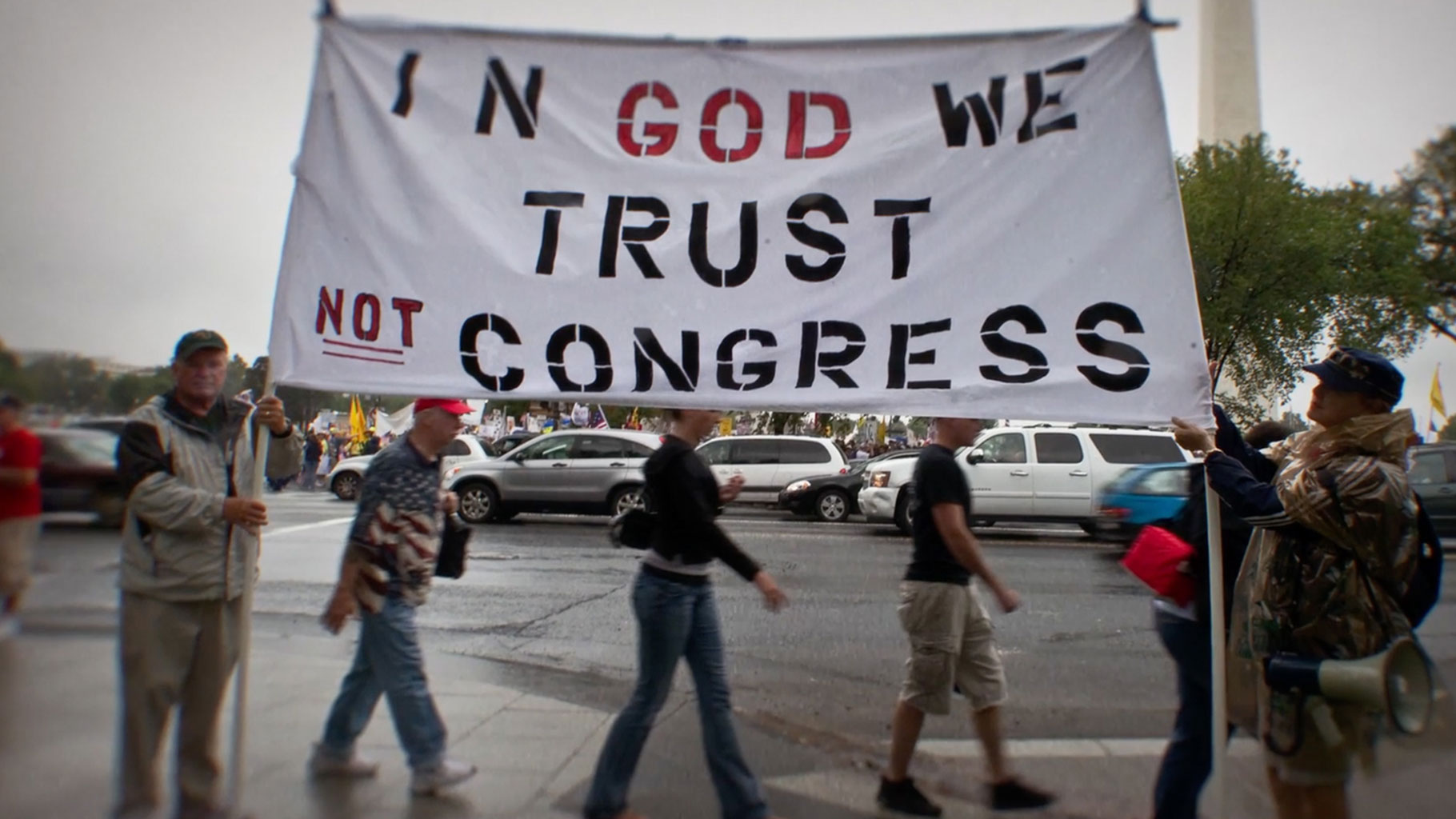Finisterrae
Directed and Written by Sergio Caballero Lecha, Cinematography by Eduard Grau
Spain, 2010
What exactly is Finisterrae? Dadaist art project? Absurdist bildungsroman? Destructionist popcorn flick? Whatever its inevitable classification may be, it will arrive there surely by accident. Filmed as nothing more than a few beautifully captured scenes and strung together with the thinnest of plot threads, the film, directed by Spain’s Sergio Caballero Lecha, simply is what it is.
The “story” behind this art flick is that two ghosts (you know they’re ghosts because of the eyeholes cut in their sheets), fed up with their afterlives, set out to find a way to return to the plane of the living. On the way they murder an indecisive hippie oracle, take up residence in a natural history museum, and confront creature from the underground that appears to have malicious intentions. And while the props and sparse dialogue border on low-brow slapstick, the deadpan dialogue and almost brutalist approach the two “heroes” have towards their environment keeps things refreshingly awkward throughout.
Cinematographer Eduard Grau again deserves immense praise for his exquisite handling of each and every scene. The young director of photography’s work on Finisterrae rivals the top-notch job he did on Tom Ford’s A Single Man. He beautifully captures the Camino of Santiago with breathtaking precision, allowing the scenery to develop in time with the story. The lives of the ghosts and the state of the coast are one and the same.
While each scene makes no attempt to follow the one preceding it, it is not accurate to say that the movie is a collection of non-sequiturs. Lecha’s witty visual timing and cadence for nonsense is enjoyable on all levels. Case in point, when the ghosts take a respite in one of their many forested locations, one looks into a decaying tree trunk only to find a film-within-the-film of a man regurgitating food and condiments onto a cutting board. The ghost comments it is a relic of the past, a Catalan art video. The other ghost does not care. We ask ourselves, “Why was that video in the tree?” Then we ask, “why not?”
So perhaps, like the Catalan video, Finisterrae is meant to be immediate and unmemorable. Memory works in succession with logic. When logic is stripped, memories become disorganized and it is hard to place a timeline to events. But despite the immediate mental vaporization of the imagery in this film, we can’t help but be captivated by these scenes as they happen in front of us. Art is imitating life, and in this case, magnifying the transience of existence.
In the end, Lecha’s Finisterrae both succeeds and fails because it does not actively attempting to defy definition and perplex viewers. Like the pair of ghosts the film follows, Finisterrae seeks only its physical space, taking no more from the audience than what they choose to give it. Unlike rebel instigators Matthew Barney and Alejandro Jodorowsky, Finisterrae’s mist of confusion is simply a passive byproduct of the images on screen and must be actively engaged. So go see it, and experience it, but do not worry about it sticking around. It couldn’t care less about what you think.
Finisterrae will screen at the 2011 Seattle International Film Festival at these times and locations:
Harvard Exit – May 31, 2011 9:15 PM
Harvard Exit – June 5, 2011 9:00 PM

